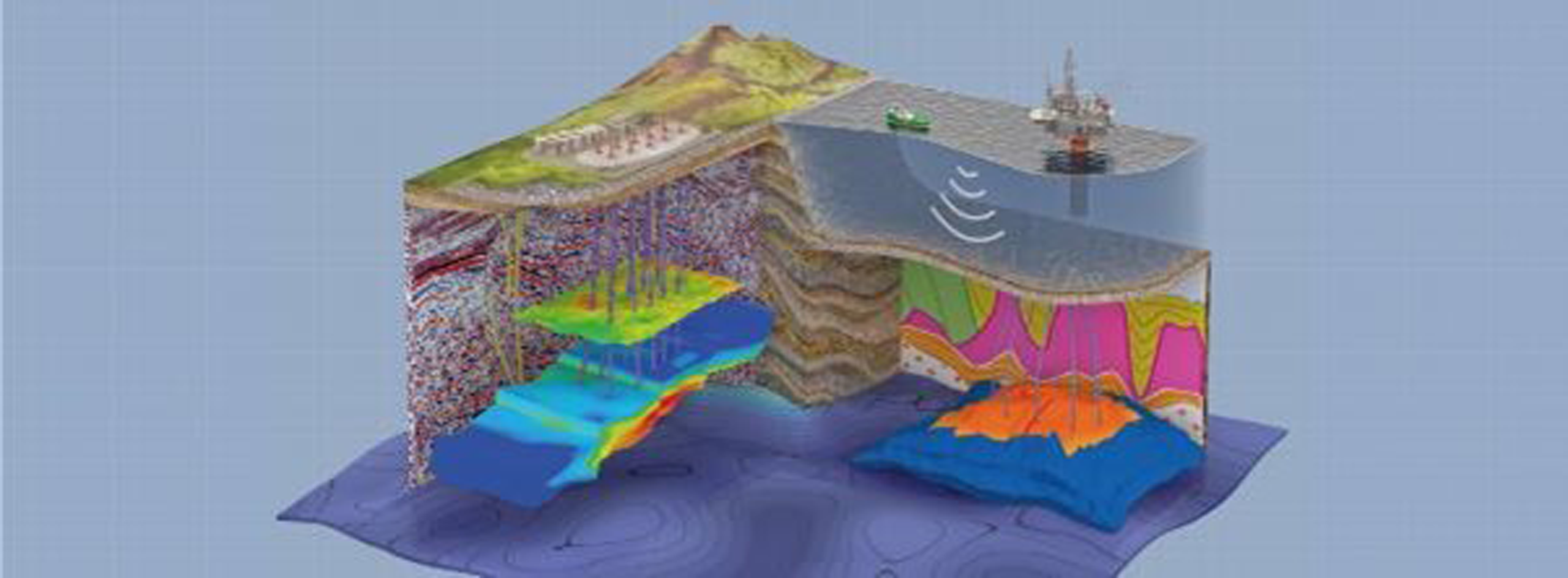A new way of thinking about how we handle and interpret data, and the value we can get from it.
By Paul Zeppenfeldt, Vice President Subsurface Data & Digital
Shell’s vision is transforming subsurface data and workflows. We are migrating to cloud-based platforms to boost collaboration and innovation. This is helping us overcome the limitations of traditional, discipline-specific software and improve efficiency across our subsurface operations. Migration of data to the Shell Subsurface Data Universe (SDU) on the cloud is already well under way, and data is now being migrated to the industry’s open standards based OSDUTM Data Platform on AWS.
The Past
For decades, subsurface asset teams, drilling and concept engineers have worked in discrete, discipline-defined silos. The data they used were housed in disconnected databases and manual transfer was the only way to pass information between disciplines. This created process inefficiencies and an explosion of locally stored files with variable content and levels of validity. Surging data volumes made the situation more and more complicated, and it was obvious that we needed to rethink how we managed our data resources.
The Future
We migrated all our subsurface and well data to a single, cloud-hosted database, the SDU data platform, and stored them using industry-standard data definitions. With cloud-based computing, Shell aims to accelerate our journey in Artificial Intelligence (AI) and increase cross-disciplinary collaboration to enable us to be faster in getting more value out of our data and to make correlations that could never have been dreamed of with traditional methods.
This migration is designed to promote integration across all technical disciplines, help optimise business decisions and enable us to replace more than 25 legacy databases. we realised the problems we were solving were not unique to us.
Keeping it open, AND still secure
Companies compete on data gathering and analysis, not on the form of data storage. Developing proprietary in-house solutions may not always be the best or most cost-effective way to achieve their goals.
As a founding member of The Open Group OSDUTM Forum, Shell’s aspiration is to create an industry standard for managing subsurface data that would accelerate innovation and increase efficiency across the industry. The fundamental principle behind the OSDUTM platform is that it is “open” and provides a level playing field and a more accessible marketplace for vendors. Good ideas can come from anywhere and can be adopted quickly with standardised formats. Shell is committed to the OSDUTM Forum to drive better decision-making and cost savings that enhance technical and commercial performance. The OSDUTM Forum now has more than 200 member companies, many of which have donated code from pre-existing products and workflows to make this collaboration a success.
With cloud-based storage, data lineages and audit trails are clearer, and it becomes easier to manage data entitlements and obligations and to control access. For situations where data movement is restricted, local implementations of the OSDUTM platform can retain data within their country of origin, with only meta data (tags that indicate the existence of the data) being available to users beyond that geographical region.
Making the most of early benefits
Four main benefits flow from cloud-based data and workflows where data are more easily shared:
- better and faster capital investment decisions;
- asset teams can more easily optimise the operational performance of existing fields;
- delivery of higher ultimate recovery of hydrocarbons by helping find bypassed zones in existing reservoirs; and
- interpretation teams will be more efficient and effective as they can concentrate on high-value activities rather than mundane aspects such as transferring and version checking of data.
In fact, having stored data on the cloud, many of the routine tasks in fault interpretation can now be done automatically using artificial intelligence (AI) and machine learning tools. This means that human skills can be focused on those areas where they are needed and will deliver greatest value.
AI technology can sort through large volumes of seismic data in hours when it could take weeks or months for a person to do the same task. For example, an automated workflow enabled us to complete a rapid analysis and opportunity grading in a large basin with complex imaging requirements in just three months. This is a 25% improvement in cycle time realised through integrating in-house AI technologies for tasks such as noise removal, velocity model building and automated geobody interpretation.
Our partner in the journey
Shell’s subsurface data is hosted on AWS and we are exploring the migration of our key seismic processes to the OSDUTM Data Platform.
It is becoming much easier to create and update low-, base- and high-case models, thereby providing tools for better management of uncertainty and, ultimately, delivering more predictable subsurface outcomes. This helps to enable a more holistic view of operations, making it easier to locate potential geo-analogues, enable more effective benchmarking of field performance and perhaps even provide live, 3D pictures of what is happening in a reservoir.
Starting with our WellsOffice solution, we are deploying cloud-based digital tools that provide subsurface and well data and workflows across basin evaluation, seismic interpretation, reservoir modelling, well delivery, hydrocarbon maturation and well, reservoir and facility management. These workflows create business value, and the new data platform will provide the foundation for their success.
Opportunities
The energy sector is changing, and those changes are reflected in the emergence of new activities such as geothermal energy generation and carbon capture and storage, which means a wide range of new data types for subsurface operations.
We are planning to move tens of petabytes of subsurface data onto the cloud, which requires a huge effort in data cleaning, checking and uploading from our technical data management group.
The cloud is a major unifier, and the migration presents a great opportunity to standardise workflows that vary by tradition and location. We are now entering the deployment phase and we will continue to learn during this exciting journey.
The change is no longer coming; for subsurface data, the change is here.


